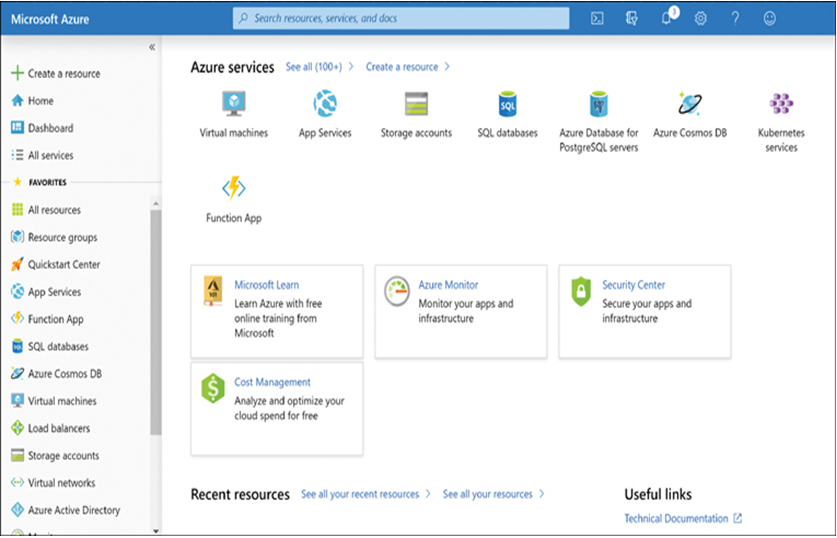In an on-premises datacenter, data backup, disaster recovery, and fault tolerance are expensive services requiring additional hardware, deployment time, and administration. A small business might require only a backup storage medium and software. However, for businesses with highly critical IT requirements, these services can call for more extensive (and more expensive) hardware resources, all the way up to duplicate datacenters in different cities with high-speed connections linking them.
This type of extreme hardware redundancy represents an enormous additional expense for an organization building its IT infrastructure. For large-scale cloud service providers, however, this type of redundancy is exactly what their infrastructure entails. Therefore, cloud providers are in an excellent position to provide these elaborate services without the need for hardware and facility upgrades, and they often can do it for fees that are much less than would be required for businesses to provide them themselves.
For example, Microsoft Azure provides the following reliability mechanisms for its cloud-based services:
- Azure maintains three redundant copies of all data, with one of those copies located in a separate datacenter from the others.
- Azure provides automatic failover to a backup server to minimize downtime during an outage.
- Azure hosts all applications on two separate server instances to minimize downtime caused by hardware failure.
The standard features of other cloud providers might differ, but the scale of their hardware investment usually makes it far easier and more economical for them to provide redundant services than for individual subscribers to purchase the necessary hardware themselves.
Manageability
Because subscribers do not have physical access to the servers hosting their cloud services, they must access them remotely. This is common for organizations with on-premises servers, particularly those with large datacenters. It is often far more convenient for administrators to access servers from their desks than travel to a datacenter on another floor, in another building, or even in another city. Today’s remote management typically provides comprehensive and reliable access to server functions.
There are various remote management tools available for both cloud and on-premises resources. Still, the large third-party cloud providers typically provide a secured web-based portal that enables administrators to access all their subscription services using one interface, such as the one for Microsoft Azure shown in Figure 1-10.

FIGURE 1-10 The management interface in the Microsoft Azure Portal
A web-based portal enables administrators to access their services from any location, including from home or while traveling.
